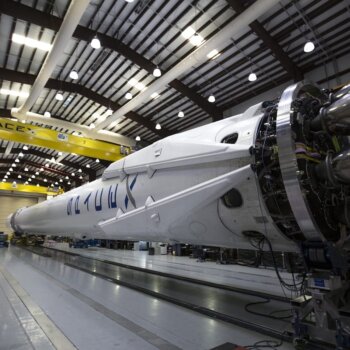As more and more cities around the world lift or are about to lift lockdown, Milan, which has very high pollution levels, has announced an ambitious plan to reduce car use in its center by reallocating some 35 kilometers of streets for pedestrians and bicycles, to protect its citizens after a period of relative inactivity that has led to reductions in traffic of between 30% and 75% with corresponding falls in pollution levels. Overall, the pandemic has led to the largest drop in carbon dioxide emissions in history.
A recent Harvard study conclusively links deaths from COVID-19 to previous exposure to high levels of air pollution, which in the context of a new post-pandemic normality in which proven treatments or vaccines are not yet available, could be a factor in death rates. This is why a growing number of citizens and mayors are saying that they do not want to return to the previous normality.
If nothing else, the pandemic represents a huge opportunity to rethink cities around the needs of people rather than cars. The idea of closing streets to vehicles so that people have more space to walk or exercise has become a growing trend in recent weeks in cities like Bogota, Calgary, Cologne, Denver and many others. Last Friday, Oakland announced the closure of 10% of its roads, some 120 kilometers, to all traffic. Others, like Vancouver, have banned cars from the streets that run through parks.
Milan, a city that measures less than 15 kilometers from one end to the other, where the average daily commute is only about four kilometers and where 55% of its 1.4 million inhabitants regularly use public transport, is encouraging residents to leave their cars at home and use pedestrian areas to get to work. But in the phase immediately following the end of the lockdown, many people will prefer to avoid public transport as well, and giving them options other than their cars will be essential.
Outlining Milan City Hall’s approach, Pierfrancesco Maran, head of urban planning, said: “We must accept that for many months or maybe a year, we will be living a new normality, and we have to create the right conditions for everyone to live that new normality. I think that next month in Milan, in Italy, in Europe, we will decide part of our future for the next decade. Before, we were planning for 2030; now we are calling the new phase 2020. Instead of thinking about the future, we have to think about the present.”
The city’s head of urban mobility, Marco Granelli, added that City Hall has been working for years to reduce car use: If everyone drives, there is no room for people, no room to move around, and no room for commercial activities outside the shops. Milan wants to reopen the economy, but recognizes the need to do things differently than before.
In London, where pollution levels in its most congested areas have fallen by more than 50%, its mayor, Sadiq Khan, has said that clean air should not be temporary, and that once the emergency is over, the challenge will be to eradicate air pollution permanently and consolidate the benefits gained by establishing ultra-low emission zones (ULEZs), which were planned during Boris Johnson’s term of office and introduced by Khan himself a year ago.
In addition to the decrease in pollution, the reduction of traffic during lockdown has had another pretty obvious side effect: a drastic drop in the number of accidents. In California, where traffic has fallen by between 20% and 55%, there have been around 450 accidents each day, compared to the usual level of 1,128, which has saved the state and its citizens a billion dollars.
Is it too much to hope that the pandemic could lead us to seriously rethink the layout of our cities and make them cleaner, healthier, saner places, or as lockdown is lifted, will we simply drift back to our old ways?
About the Author
This article was written by Enrique Dans. Follow him on Twitter or LinkedIn. See more of his work on Enrique’s website.





























